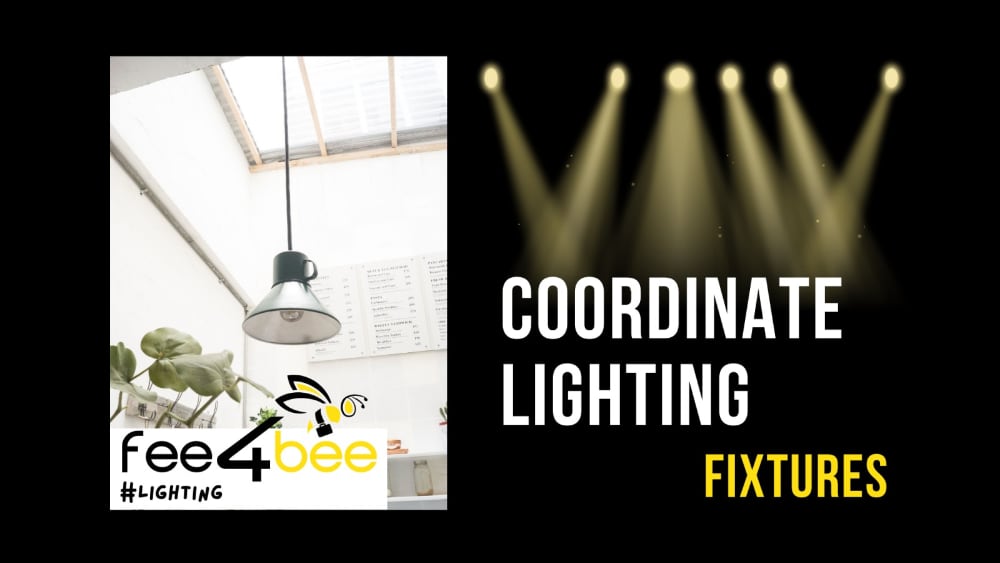- Winter Tasks
- Cleaning Services
- Moving Services
- Handyman
- Furniture Assembly
- Shopping and Delivery
- Office Services
- Commercial Cleaning
- Commercial Handyman
- Commercial Painting
- Conference Room Setup
- Office Housekeeping
- Office Movers
- Office Snack Delivery
- Office Supply Delivery
- Office Furniture Assembly
- Ergonomic Office Setup
- Office Setup & Organization
- Data Entry
- Proofreading services
- Office Administration
- Office Interior Design
- Business services
- Assembling IKEA furniture
- Assembling an IKEA kitchen
- IKEA dressing room assembly
- Assembling IKEA cabinets
- IKEA bathroom furniture assembly
- Assembling IKEA beds
- Assembling IKEA tables
- Assembly of IKEA seats
- Assembling IKEA sofas
- Assembling dressers IKEA
- Assembling IKEA racks
- Assembling IKEA pedestals
- Assembling children's furniture IKEA
- Assembling IKEA chairs
- Assembling other IKEA furniture
- Coaching
- Beauty and health services
- Domestic services
- Construction works
- Finishing work
- Services for animals
Different types of lighting. How to choose lighting for your home?
When it comes to choosing lighting for your home, there are many considerations that you should keep in mind. There is no one light that suits all purposes, and choosing the right light depends on what you want to achieve in your home. For example, choosing the right accent lighting can make it easier to appreciate your favourite piece of art or task lighting helps to illuminate your workplace.
lighting can make a big difference in how you feel about a space. Each space will have its own lighting requirements. The best lighting setup uses a combination of different lighting sources to create a comfortable environment conducive to relaxation and work. You should have different types of lighting to create this effect in your room.
Types of lighting for the house
The lighting in your home can change the mood and functionality of any space. Having well-placed lamps and ceiling light fixtures can provide ambient light that is functional and pleasant. The main thing is to choose the right type for the room in which they're used.
There are:
- Ambient lighting is the all-purpose type of lighting, providing even, uniform light throughout the room. General lighting is typically created with overhead fixtures, recessed pot lights or track lights. It can also come from multiple sources around the room. Ambient lighting is generally warm, soft, and comfortable and should not create harsh glare or harsh shadows. It's perfect for tasks and mundane tasks like house cleaning, but you'll need something more for ambiance and mood-setting.
- Task lighting is different from ambient lighting, which is generally intended for general lighting. Task lighting is used for specific tasks and reduces eye strain. For example, a kitchen worktop with good task lighting will be easier to see when preparing food. It will also prevent eyestrain from distracting shadows. Task lighting for a table is also important if you enjoy reading or sewing.
- Accent lighting is a way to create a focal point in a room. It can draw attention to artwork or plants, or highlight a design element such as wall texture or decorative coving. Accent lighting should aim to direct at least three times more light towards the focal point than the rest of the room. Accent lighting should shine at least three times more light towards the focal points than the rest of a room. This can be achieved with a track or recessed lighting or wall-mounted fixtures such as picture lamps and sconces.
- Decorative lighting can be used to improve the beauty of your home and space outdoors. It's about creating a mood or adding interest to your home. Interior lighting design considers many factors such as space, furniture placement, colour scheme and room purpose. Decorative fixtures can include point lights, table fixtures and freestanding fixtures. You may also use light strips and wall or floor fixtures. Outdoor decorative lighting makes it possible to take advantage of your outside space after dark. It increases your house's safety and aesthetics. It can be used to illuminate a swimming pool, pond or flower bed.
How to coordinate lighting fixtures?

Today's interior decorators state that light fixtures should be coordinated. This creates an overall sense of unity throughout the home and prevents monotony. When it comes to choosing lighting, many people struggle with coordinating illumination and styles for the fixtures all around the home. While lighting design is more an art than a science, it can still make a room look cohesive.
There are several things you should remember when selecting light fixtures, particularly bolder ones:
- Choose lighting fixtures designed for a specific room. A chandelier in the entryway makes a striking first impression, but it will quickly lose its lustre if it hangs over the dining room table.
- Keep in mind the overall style. Another lighting fixture in the dining room may clash with the entryway chandelier.
- A common trick to coordinate light fixtures is to make sure they all complement each other. This doesn't mean they have to match exactly but it is better when the glow range does not differ dramatically. If you have three different types of lighting, it will still look cohesive.
- Using the same lighting temperature and brightness can help to match and unify your ambient lighting throughout the home.
- If you're still not sure how to coordinate lighting, it's best to get the help of an interior designer who will ensure that the result is as nice as you wanted it to be.
What are lumens in lighting?

Lumens and watts are two terms used to describe light. Lumens measure the total amount of light produced by a light source while watts measure the amount of energy required to produce that brightness.
In the past, people measured the brightness of incandescent bulbs in watts, but with the advent of new energy-efficient LED technology, this measurement has become obsolete. As a result, many consumers are now using lumens to determine the brightness of lighting fixtures. Increasingly, home improvement stores are starting to label bulbs and lighting fixtures by lumens instead of watts.
Lumens are useful for calculating lighting requirements because they represent the amount of visible light a light bulb produces. In addition, knowing how many lumens a light bulb produces per square foot will allow you to choose the right light for your facility.
| bulb type\brightness | 220 | 400 | 700 | 900 | 1300 |
|---|---|---|---|---|---|
| standard | 25W | 40W | 60W | 75W | 100W |
| halogen | 18W | 28W | 42W | 53W | 70W |
| CFL | 6W | 9W | 12W | 15W | 20W |
| LED | 4W | 6W | 10W | 13W | 18W |
What are Kelvins in lighting?
There are different types of lighting from cold to warm. The Kelvin scale is a measurement of colour temperature and is often used in technical definitions for light bulbs and fixtures. Although the Kelvin scale is sometimes confusing, it's a useful measurement for measuring colour temperature.
| 1000K | 2000K | 3000K | 4000K | 5000K | 6000K |
|---|
Depending on your needs, you may want to mix different lights or choose a specific Kelvin temperature. The lighting you should use depends on the purpose and where it will be used. Living rooms and kitchens, for example, should be illuminated warmer than bathrooms or entryways. And office settings need a cooler temperature.
Kelvin's temperature is listed on the packaging of nearly every light bulb. Using this information to make informed lighting decisions will help you select the best fixtures and bulbs.
How to design lighting for the home?
The first step in designing lighting is to determine where you need the lights. You can make the room bright by placing a ceiling fixture in the center. Alternatively, you can install recessed lighting around the room. Make sure you hire a professional electrician to wire lights. Additionally, you may add a floor lamp, wall or desk lamp to complement the ceiling light.
If you don't have experience planning light for the house, lighting installers can help you create the lighting layout and advise you on areas that need more light. This plan includes what type of light you should buy, how many fixtures you need, and where you should place each light of them.